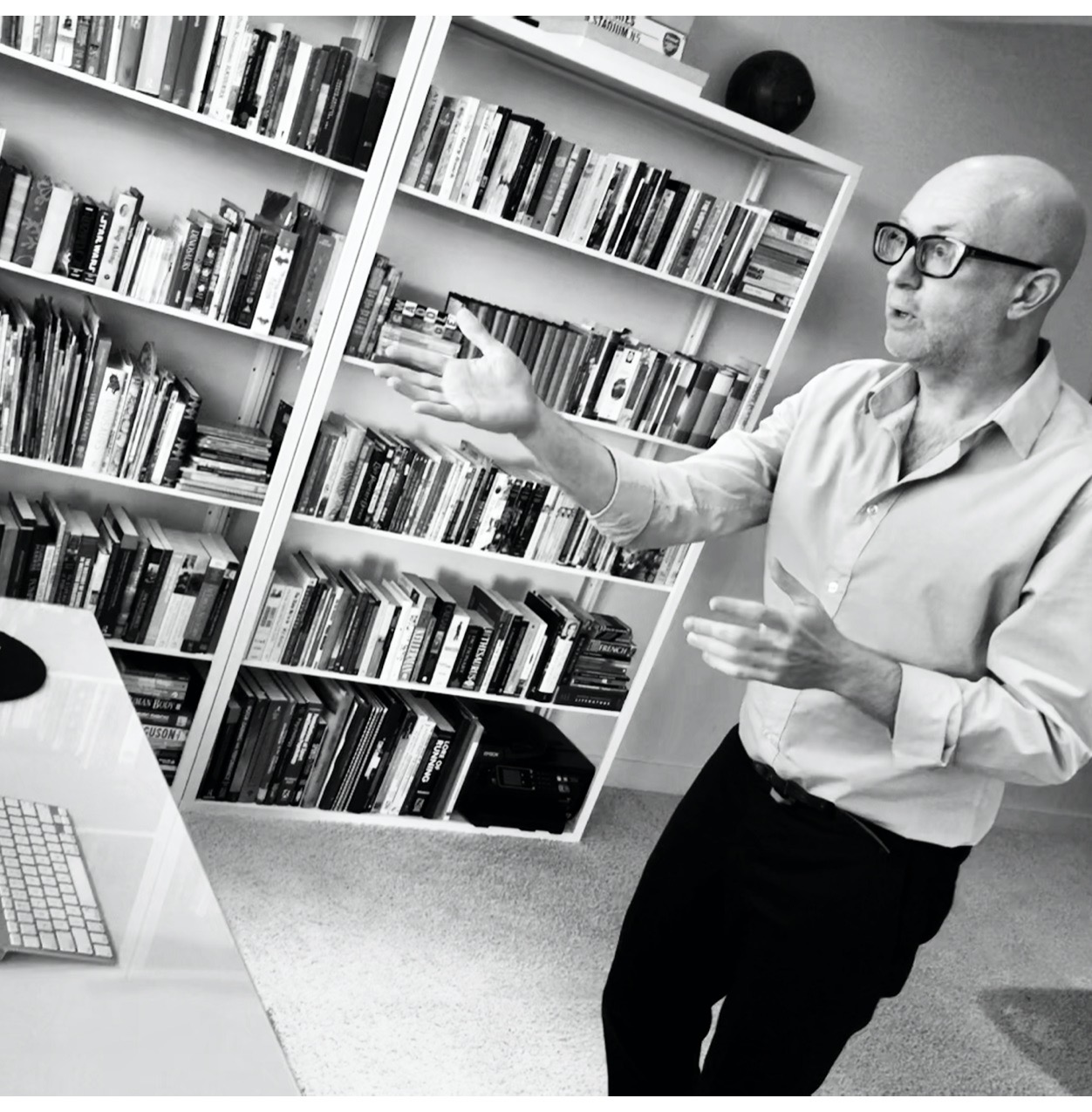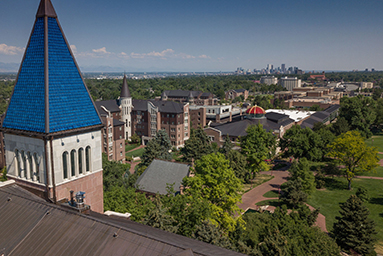The “Art” of Coaching, Moves On…
Most coaches are aware of the disconnects between science and the realities of sport, which is why they become experts in the “science and art” of coaching. Yet, as coaching researchers have noted, the appeal to art is confusing because firstly, art is so subjective, and secondly and as a result, because art is not tangible, practical or reliable enough to base important decisions on.
Put simply, art is too unknown. This blog explains how Denver University’s MASC program moves the art of coaching on, adding value to coaching that other programs don’t, or can’t.
Reality. Have you ever separated a granule of coffee from its cup? The red from the purple paint? Or the sharp edge of a knife, from the knife itself. Have you ever seen a brain walk down the street, without its body? Have you ever seen a human never engage at any point and on some level, with other humans? Of course, the answer in every case, is no.
Humans experience the world in connected ways. And yet, the knowledge driving sport and coaching is disconnected. It has to be. It comes from a laboratory for one, but even if the scientific knowledge comes from research in the real-world, that knowledge still uses laboratory assumptions. Not only that, but laboratory knowledge reduces. Again, it has to. If the units for analysis are too big or there are too many, something else could have caused the result.
An understated problem then because something “else” could be going on, something important, critical to know. Something that significantly impacts athletes. And as a result, and as every coach also knows, in sport the things that should happen, rarely do. And this fact, was also observed by a small group of French philosophers as far back as the 1960s.
As society settled after the shocking horrors and brutality of two global wars, people were free to develop new goods and services. Selling goods and services that, for the first time in history, were no longer essential. Nice to have sure, but not essential. Commercialism and with it, marketing/advertising flourished, and people convinced to buy goods and services they didn’t necessarily need.
Science as profit-driven as it is objective. Science was a part of that commercialism, and became as profit-driven as it is objective. And as a result, those things that should happen, stopped always happening. Sometimes they did admittedly, just not always, and certainly not with the regularity that they should.
These relationships between profit and knowledge, and resulting confusions/contradictions are impossible to deny. Science promises progress, and a better society because people “know more”. Yet it was also science that produced an atom bomb threatening the world’s very existence; also produced engineering techniques [likely] inducing climate change; and in sport today, as every coach knows, athletes seem more injured and mentally challenged than ever before. More research, more injuries, doesn’t make sense.
Moving on: post-structures. For the philosophers, the answer to these confusions was to move on. That is, to move on [i.e., “post”] from the belief that mainstream ideas [i.e., “structures”] always deliver. And to move on in a reliable, trustworthy, systematic way by conceiving theories explaining everyday real-life, as the ambiguous spaces preventing mainstream beliefs from consistently working.
That is, theories providing a deep and broad overview of some of the thousands of subtle, unseen realities in everyday real-life. Realities too many and too complex for lab sciences to accurately measure.
Using theory as a coaching guide. The rationale for post-structural thought is then, pretty straight forward and reasonable. Sadly however, post-structural thought in coaching is far from common because it remains in academic ivory towers, either through mis-use [e.g., scholars speaking scholarly language only to themselves] or mis-reading [e.g., lack of understanding], and the essence of what post-structural thought offers coaches has to some degree, got lost.
Consider art, and Leonardo Da Vinci’s iconic masterpiece, the Mona Lisa. It is art, and we can look at it, but quickly move on. We know it is famous but do not see why, and it is notable to just tell people we have seen it. Listen to an audio “guide” of the painting, and our understanding changes completely. The three-quarter angle making her presence more significant; the ambiguity in her smile; her gaze returning to the viewer; the simple dress in a time of flamboyant fashion; the mystery of her identity. I could go on. But I hope the point is clear, the guide points us to see things we would not have seen on our own.
For coaches wanting expertise in the science and art of coaching, that art is better understood with a theoretical guide. And that’s what post-structural thought offers coaching. A theoretical guide of what was before complex, messy, and therefore, unknown at worst or misunderstood at best: everyday real-life, the space where all sport happens. And a space therefore, it is critical coaches know more about.
DU’s MASC leads. We excel, as many graduate coaching programs do, in the science of coaching. But where we add value is in the post-structures of coaching. Moving coaching from the “science and the art”, to a more trustworthy “science and theory [as art]”, which is why we receive so many positive testimonials. So if you want to move your coaching on a level, you know where to come. Now for our coaching tip…
Coaching tip: You know why the “what should happen in sport, doesn’t always” is so common. Rather than forcing a particular knowledge/practice to work. Stop. Pause. Take a step back, and consider if there is a broader, over-arching, or more realistic issue you might not be seeing.
It may well not be you or your athletes that are the problem, but instead the problem maybe the unrealistic [in your context] knowledge and practice. So change it up, do something different. Have the confidence to critique, challenge or not do the knowledge/practice. Even tried-and-tested ones. Just because everyone else does it, doesn’t mean you have to. Go for it. Be brave.



